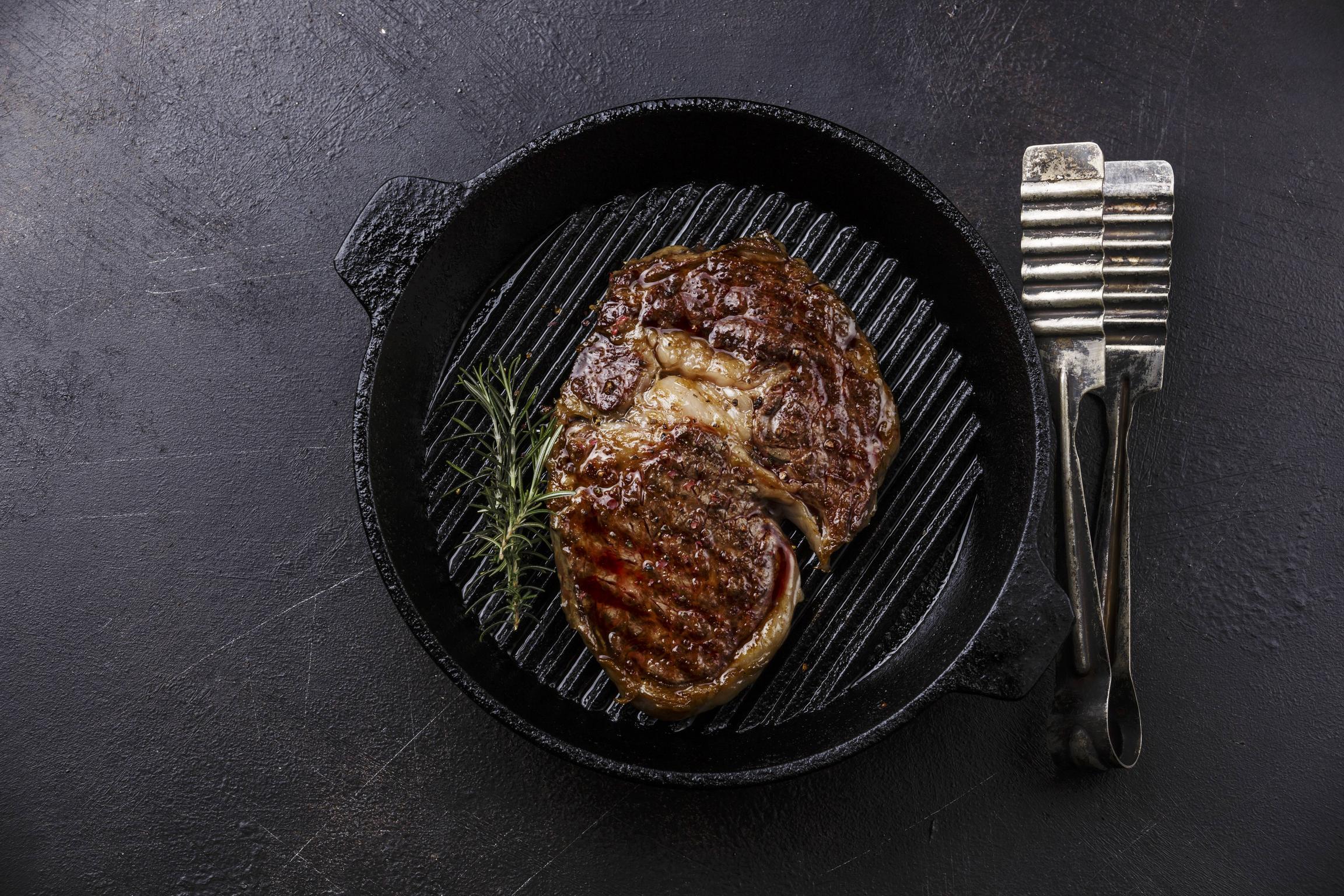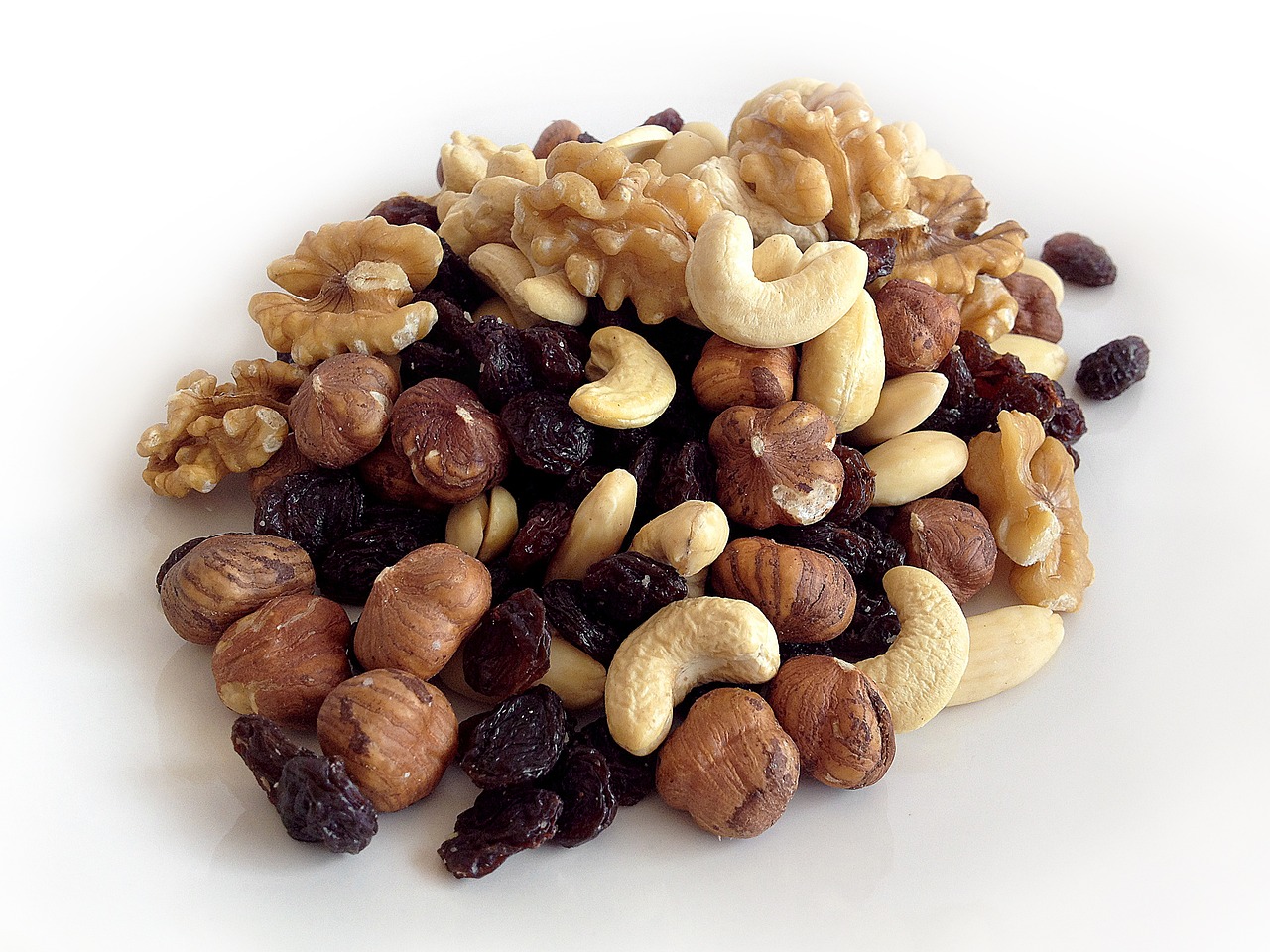Will the nutritional content in raw meat remain the same after it is cooked by boiling, broiling, grilling, frying, or sautéing?
Animal proteins like chicken, turkey and beef typically lose about 25% of their original weight after cooking.
The nutritional content of raw meat can vary depending on the type of meat, its source, and other factors such as the animal’s diet and living conditions. When meat is cooked, its nutritional content can also be affected by the cooking method and temperature. Here is some information on the nutrition of raw meat and how it can change when cooked:
- Protein: Raw meat is an excellent source of protein, which is important for building and repairing tissues in the body. The protein content of meat does not change significantly when cooked, although the digestibility of the protein may be affected.
- Fat: Raw meat can contain varying amounts of fat, depending on the cut and type of animal. Cooking meat can cause some of the fat to melt and be lost, resulting in a lower fat content. However, some cooking methods, such as frying or roasting, can add fat to the meat if oil or butter is used.
- Vitamins and Minerals: Raw meat is a good source of several vitamins and minerals, including iron, zinc, and vitamin B12. These nutrients are generally not significantly affected by cooking, although some vitamins, such as vitamin C, can be lost during cooking at high temperatures.
It is important to note that undercooked or raw meat can carry a higher risk of bacterial contamination, such as Salmonella or E. coli. These bacteria can cause foodborne illness, so it is important to cook meat to a safe internal temperature to kill any harmful bacteria. Additionally, consuming too much red meat has been associated with an increased risk of certain health problems, such as heart disease and some types of cancer. As such, it is recommended to consume red meat in moderation as part of a balanced diet.
| Nutrient | Raw Meat (100 g) | Cooked Meat (100 g) |
|---|---|---|
| Protein | 20 g | 26 g |
| Fat | Varies | Varies |
| Iron | 2.2 mg | 2.7 mg |
| Zinc | 4.4 mg | 4.0 mg |
| Vitamin B12 | 2.5 mcg | 2.4 mcg |
| Sodium | 70 mg | 65 mg |
| Calories | Varies | Varies |
Please note that the nutritional content of meat can vary depending on the specific type of meat, its cut, and its source. The fat content of meat can also vary depending on the animal’s diet and living conditions, as well as the cooking method used. It is important to cook meat to a safe internal temperature to prevent foodborne illness. Additionally, consuming too much red meat has been associated with an increased risk of certain health problems, so it is recommended to consume red meat in moderation as part of a balanced diet.
Protein
Raw food advocates often claim that cooking meat destroys the enzymes necessary for digestion, and that denatured proteins occur in cooked meats. However, studies on this topic have demonstrated no significant difference in protein quality between raw and cooked meats.
Another argument from the raw-food camp is that meat with more connective tissues (such as minced meat) will have lower nutritional value than similar amounts of raw meat with fewer connective tissues. They contend this is because connective tissues absorb water and nutrients more readily, making the protein less useful as a food source.
Raw meats tend to be much higher in nutritional value than cooked ones, and they contain enzymes which make them easier to digest. Plus, raw meats offer essential vitamins like Vitamin B-12 and iron as well as Omega 3 polyunsaturated fat, selenium, zinc and magnesium – essential minerals that many Americans don’t get enough of.
Nutrient loss can occur with either raw or cooked meats; minerals and fat-soluble vitamins remain stable while water-soluble vitamins such as Vitamin C and B may become damaged during preparation. But if you take reasonable precautions with what type of meat you consume and follow certain guidelines, both raw and cooked meats are safe to eat and provide essential nutrition.

One final thing to keep in mind when cooking meat is that it will typically lose 25 percent of its original weight when cooked. This occurs due to the release of juices which cause it to shrink; so for example, 16 ounces raw chicken breast will only yield 12 ounces when cooked.
For converting nutrition facts on raw and cooked meats, weigh them before cooking and divide that number by the number of portions serving. From there, you can calculate calorie and macronutrient values for your cooked meals using those numbers.
To guarantee you get enough protein in your diet, opt for fresh organic meats and poultry from grass-fed animals. Grass-fed animals typically contain more antioxidants, Omega 3 fatty acids, glucosamine and other minerals than grain-fed livestock do; they’re also more likely to be free of antibiotics or other drugs.
Carbohydrates
If you use MyFitnessPal to track your nutrition, some of your meats may appear “cooked.” But are those the correct serving sizes? Generally speaking, cooking meat results in loss of weight during preparation.
Even though the cooked portion of your meat may be smaller than its raw counterpart, it still contains all the same proteins, fat and calories. Furthermore, cooking kills bacteria, parasites and viruses that could potentially pose a danger if not cooked correctly.
Additionally, you can reduce dietary carb intake by eating foods naturally low in carbs. Dairy products like milk and cheese tend to be relatively carb-free while most non-starchy veggies also provide minimal amounts of carbohydrates.
When selecting meat for consumption, the nutritional value depends on its breed and how it was raised. When possible, opt for organic, grass-fed and pastured cuts of meat to maximize nutritional value.
It’s wise to read the label on your food before purchasing it, in order to ensure it does not contain any additives such as preservatives or sugars. These can make food more costly and less healthy, so finding out what’s in what you’re purchasing is worth doing.
When considering which food to purchase, one important factor to consider is the percentage of calories. Cooked items often have lower calorie counts than their raw counterparts due to being cooked and made easier for digestion.
There’s a wealth of knowledge available online about cooking meat. One key element to keep in mind when doing so is that heat denatures proteins, making them easier to absorb and utilize.
However, the evidence does not back this up. Indeed, there are various theories as to how cooking actually causes weight loss.
Some raw-food advocates argue that cooking destroys natural enzymes necessary for digestion, thus allowing your body to absorb essential nutrients better.
Though how this could be true is unclear, the suggestion does seem to hold some merit. It would be like saying milk is harder to digest because of its lactose content when in fact that’s not the case; the same holds for some fruits and vegetables too.
Fat
Raw meat contains varying levels of fat depending on the animal, but generally speaking is higher in protein and lower in carbohydrates. Furthermore, it provides significant amounts of vitamins A, D and B-12 as well as minerals like zinc, selenium, iron and magnesium.
Fat tissue of different mammals contains both saturated and unsaturated fats. Saturated fat is predominantly found in beef and pork, while unsaturated fats tend to be more prevalent in chicken and fish.
Meat is packed with essential fatty acids (Omega-3 and Omega-6), which are necessary for the body’s proper functioning. These lipids help control inflammation, blood clotting, and brain development.
Grass-fed, pasture-raised raw beef from a cow raised on a small farm is the healthiest source of meat. It’s packed with vitamins A, D and B-12 as well as the antioxidants iron, selenium, zinc and magnesium for added antioxidant power.
Additionally, it provides essential vitamin K for proper bone and heart health. Furthermore, linoleic acid – known to fight cancer – and the enzymes necessary for digestion provide additional benefits.
Meat that has been cooked typically loses a substantial amount of water weight, making it easier to digest but also adding calories.
If you are trying to shed pounds, cooking meat can make the process more challenging. Cooking denatures proteins, making them harder for the body to break down.
Eating lean, low-fat meat is especially important if you are trying to shed pounds.
It’s important to keep in mind when comparing raw and cooked meat that, on average, animal protein loses 25% of its mass during preparation. This means a 4 oz serving of raw meat will contain less fat than an equivalent 4 oz serving of cooked meat – even if both have identical calories.
For other foods like vegetables and potatoes, the same rule of thumb should be used when converting between uncooked and cooked weights.
Vitamins
Meat is an excellent source of minerals such as iron, selenium, zinc, copper, calcium and magnesium. Furthermore, it contains essential vitamins for good health and metabolism.
Vitamins are essential organic substances your body requires in small doses. They regulate metabolism and provide energy to cells, but can only be obtained through food sources; thus, you must get them through food or supplement with supplements from food. Vitamin D3 especially needs to be provided through food as it cannot be produced naturally by the body so must be obtained through nutrition.
Some vitamins are water soluble and easily absorbed in your system, while others are fat soluble and cannot be absorbed. They’re essential during the early stages of life for proper growth and development.
B complex is one of the most essential vitamins that can be absorbed in your system, consisting of thiamine (vitamin B1), riboflavin (vitamin B2), niacin (vitamin B3), biotin and pyridoxine (vitamin B6) as well as folic acid and pantothenic acid.
Meat provides a good source of these essential nutrients, especially red meat. It has around 25% of the recommended dietary intakes for B vitamins with higher concentrations in liver.
Niacin, found in blackberries, is an essential B-complex vitamin that may reduce your risk of heart disease and cancer. As part of the B group of vitamins, it also acts as an antioxidant which may help protect against certain cancers.
Another vitamin that may be found in some meat is folic acid. This member of the B-complex group helps prevent birth defects and other fetal complications. While it’s generally limited to small amounts in certain types of meat, folic acid can also be obtained through other sources.
Eating a balanced diet that incorporates different foods is the best way to ensure that your body gets all of its essential vitamins and minerals. This way, you can ensure you’re getting everything it needs!
Hi, I’m Alexander. I’m a vegan of over 20 years, and I initially made the switch for health reasons. However, as time went on, I became more and more passionate about the ethical and environmental implications of leading a vegan lifestyle.
I am the author of The Graceful Kitchen, a vegan blog where I share recipes for delicious and nutritious vegan meals. As someone who is deeply committed to living a cruelty-free life, I am also a strong advocate for using whole foods as the foundation of a healthy diet – and believe that going vegan is one of the best ways to achieve this.










